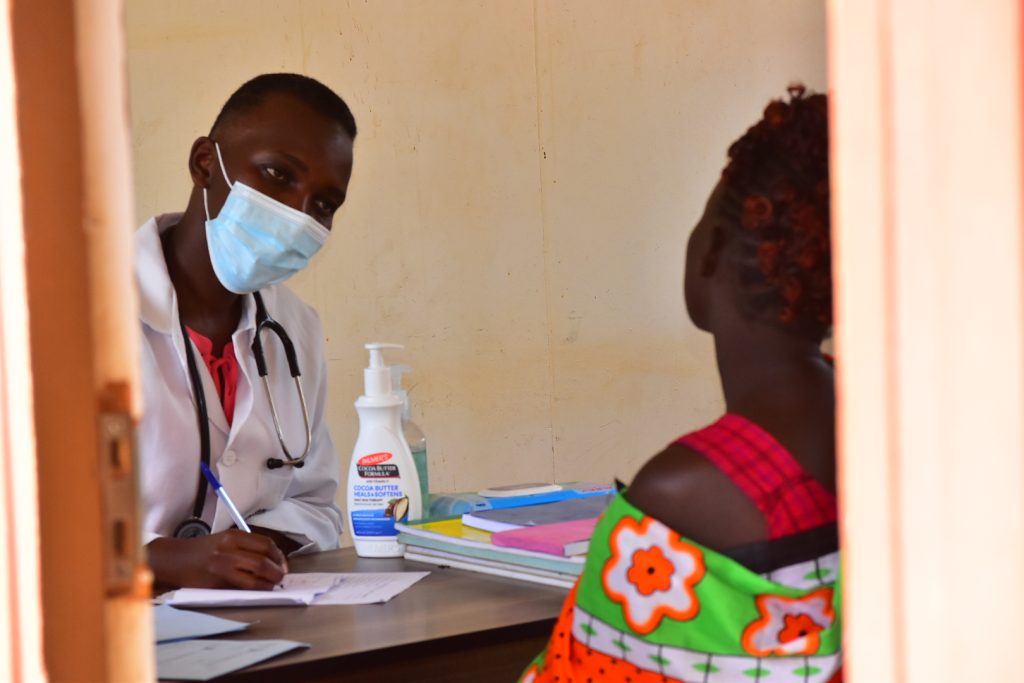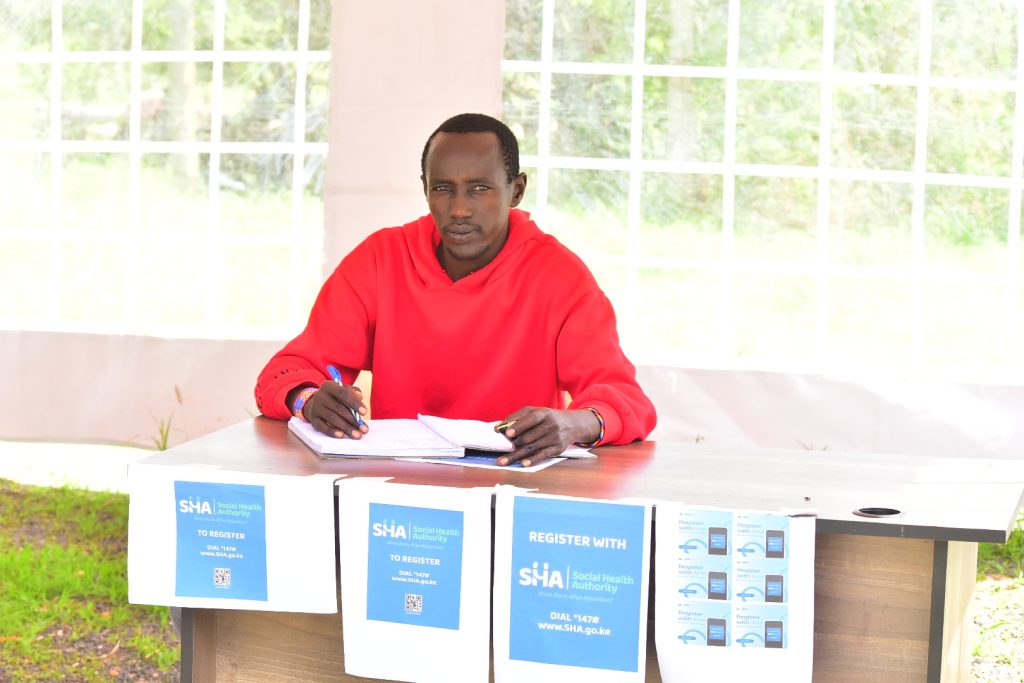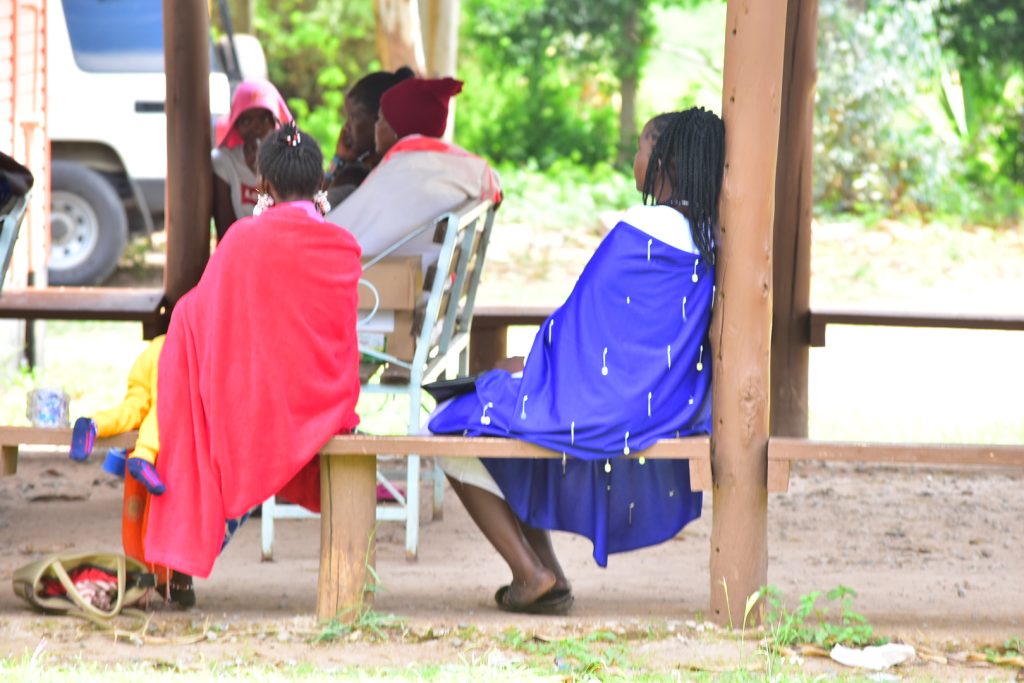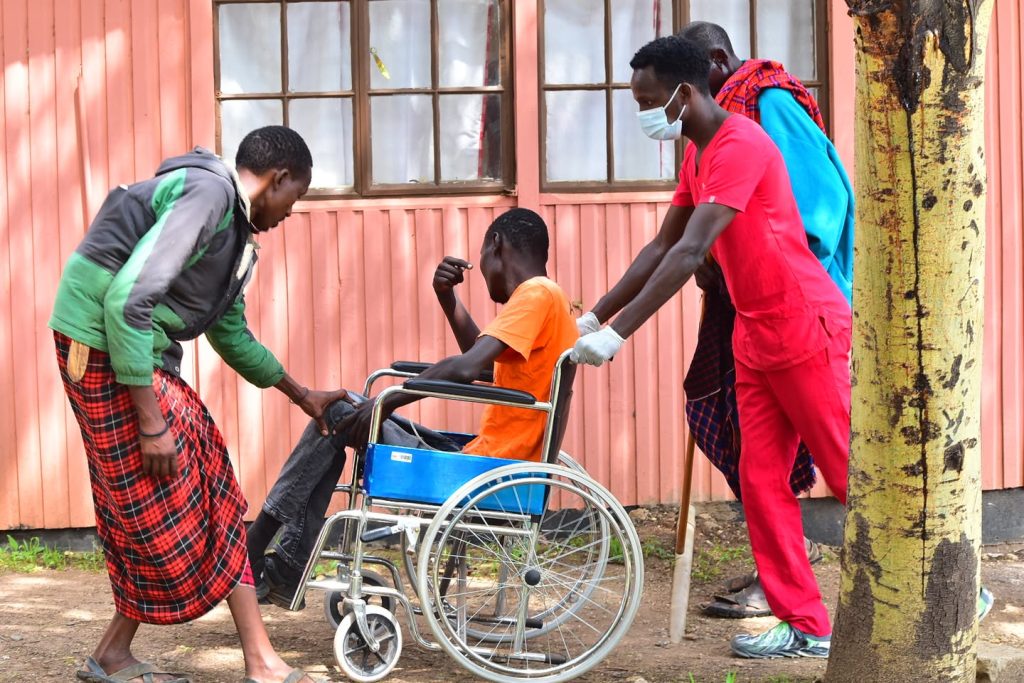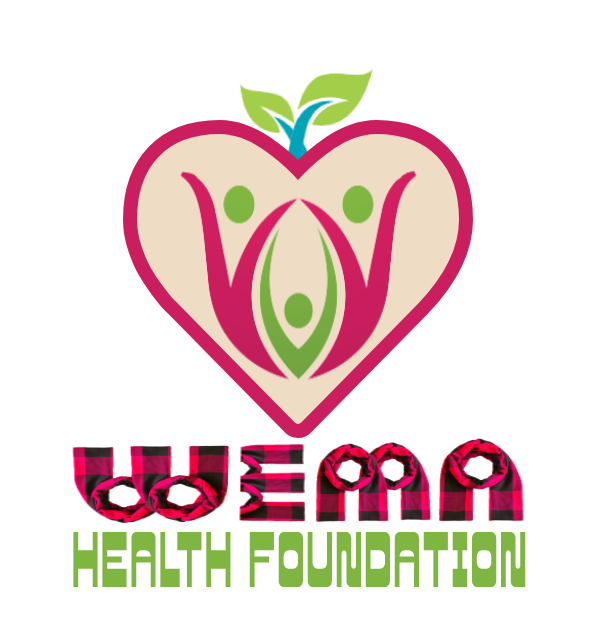From December 2–7, 2024, Wema Health Foundation, in partnership with Imbirikani Level 4 Hospital and the County Government of Kajiado, held a six-day medical outreach camp dedicated to improving health outcomes in underserved Maasai communities. This initiative provided free medical services to over 1467residents, addressing both acute and chronic health needs while promoting preventive care and health education. With support from WEMA well-wishers and groups including Kowloon Union Church and a team of healthcare providers from Kenya and the USA, the camp delivered critical interventions, including screenings, counseling, medication distribution, and awareness on pressing issues such as FGM and chronic disease management. The medical camp stood as a beacon of equitable healthcare access and community resilience in the face of systemic health disparities.
The medical camp was designed to:
- Provide free medical check-ups and treatment, with a special focus on offering counseling and support to victims of FGM.
- Promote preventive healthcare, including cancer screening.
- Strengthen the collaboration between traditional birth attendants and trained medical personnel.
- Encourage registration in the government’s Social Health Authority (SHA) medical cover for long-term health security.
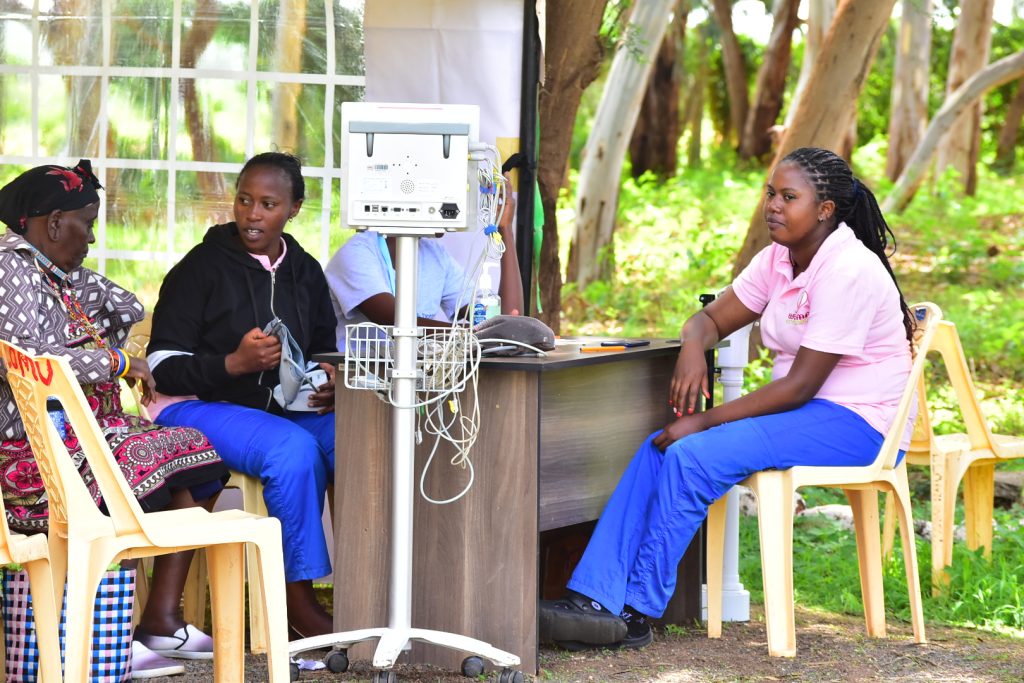
The medical camp served as a one-stop healthcare point for hundreds of girls, women, and the general community. Patients were attended to by a multidisciplinary team comprising clinical officers, nurses, pharmacists, laboratory technicians, and health educators. It addressed a wide range of medical needs. Adults and older children were mostly treated for respiratory infections, joint and muscle pain, skin conditions, dental issues, and eye problems. Children under five were seen for pneumonia, diarrhea, upper respiratory infections, and malnutrition—common but dangerous conditions in communities where healthcare is not always within reach.
Chronic diseases like hypertension, diabetes, epilepsy, and cancer also featured prominently. These silent killers are often undiagnosed in rural Kenya. The camp provided screenings and referrals, helping many patients take their first steps toward proper management and treatment.
One of the most visited sections of the camp was the pharmacy, where patients received essential medications—free of charge—thanks to donor contributions from Kowloon Union Church and community of wellwishers. The smiles of relieved mothers walking away with essential medicines for their children were a testament to the profound impact of the medical camp—offering not only physical healing but also a renewed sense of hope for families in need.
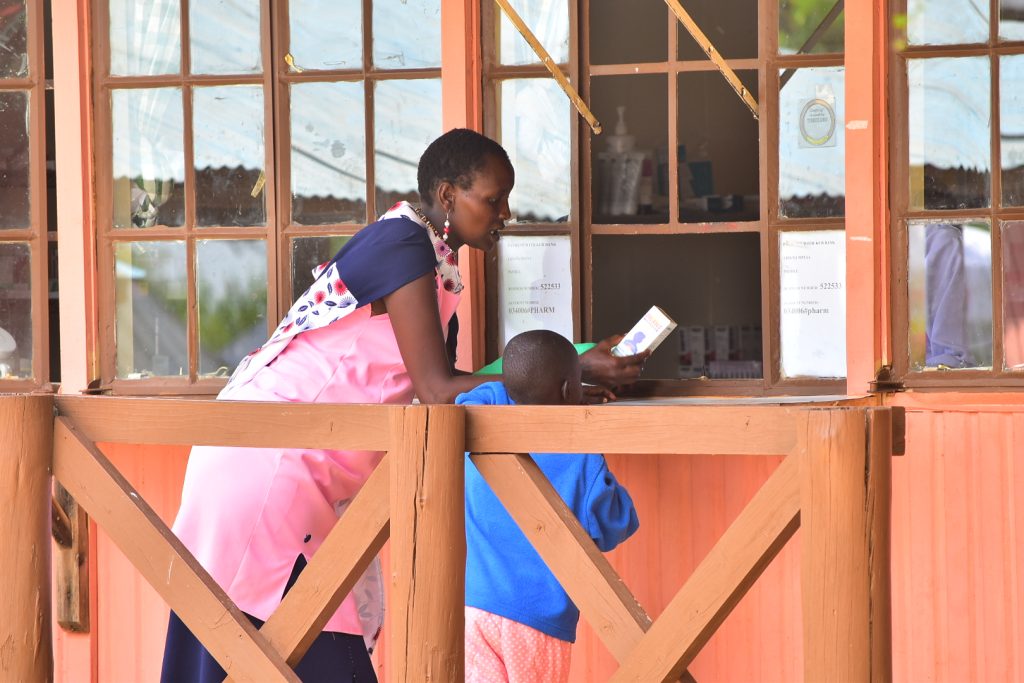
The camp also focused on the future. Health educators and community health volunteers helped patients enroll in the government’s SHA health insurance cover, laying the groundwork for continued access to medical care even after the camp ended. Importantly, cancer screening services saw a high turnout, underscoring both the increasing awareness of chronic diseases and the urgent need for more early detection services.
While women and girls turned out in large numbers to seek medical attention for themselves and their families, the participation of men was noticeably low. This trend reflects a broader pattern in rural healthcare, where cultural norms and misinformation discourage men from seeking medical help. Changing this narrative will require targeted community engagement in future programs.
Despite its success, the camp faced several hurdles. Some medical commodities went missing—highlighting the need for tighter inventory controls. The distances patients travelled revealed just how underserved the area remains. And the low awareness of chronic illness management, particularly among the elderly, was a wake-up call.Yet these challenges are not setbacks. They are guideposts—revealing where more work is needed and where future interventions should focus.
